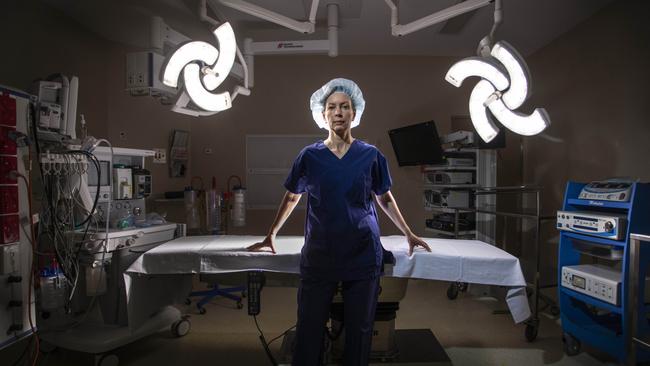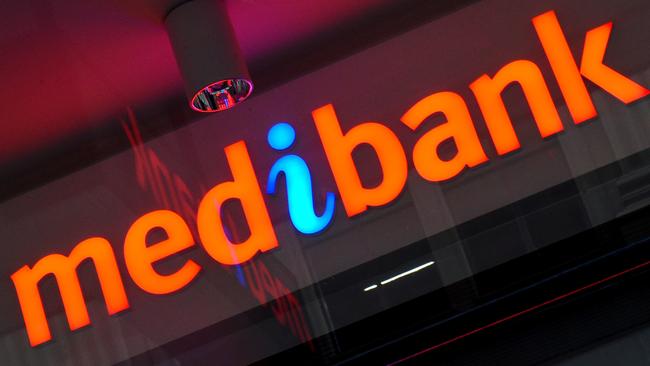Is private health insurance worth it? More people say yes
Analysis by investment bank UBS shows the reverse of a pre-pandemic trend which saw scores – mostly young and healthy – cancelling policies citing cost and lack of value.

Amid rising interest rates and warnings of an economic slowdown, more Australians are turning to private health insurance – believing it offers “greater value for money”.
That’s according to an assessment by UBS, reversing a pre-pandemic trend which saw scores of Australians – mostly young and healthy – tearing up policies citing cost and lack of value.
Health insurance is a household’s single biggest cost next to mortgage repayments, with some family policies costing almost $2000 a quarter for top coverage.
But more Australians have been taking out private health insurance as the pandemic casts a spotlight on people’s health and overloads the public hospital system.
Waiting lists for a range of procedures have stretched beyond 12 months in the public system. Surgery to remove some cancers is not performed immediately, with patients – even at flagship public hospitals like the Royal Melbourne – having to wait and be subject to cancellations and delays.
At the same time health insurance premium increases and out-of-pocket private healthcare costs have been increasing. But many health funds have delayed premium hikes until later this year as part of their commitment not to profiteer from Covid-19.
Despite the price rises, UBS analyst Scott Russell said private health insurance was “perceived to offer better value for money than in the past”, citing a proprietary survey by the investment bank. “Examples include benefits received versus premiums paid, price expectations, and hospital coverage decisions. This is despite the ongoing increase in out-of-pocket expenses,” Mr Russell wrote in a note to investors.
“Under tighter household budgets, we expect monthly PHI premiums as a discretionary purchase to be scrutinised by consumers.
“Switching is inevitable and we note the typical profile is younger, less than 35, and in lower/middle income bands; many of these are customers of nib and ahm – lower value for money – and appear to be eyeing Medibank, Bupa and HBF brands.”
Mr Russell upgraded Medibank, Australia’s biggest health insurer, to a buy rating and increased his price target for the company 16 per cent to $3.90 a share.

“In the current volatile market, we believe Medibank brings a number of attractive attributes:
relatively stable revenues and predictable margins, improving claims trends assisted by government policy, and rising investment yields,” he wrote.
“We consider Medibank amongst the pre-eminent players in the PHI industry, and we note improving consumer perception of MPL’s brands in our proprietary survey.”
Similarly, Mr Russell expected NIB’s earnings per share to lift 11-22 per cent the next financial year, saying the Newcastle-headquartered fund “enjoys similar tailwinds”. He increased his price target for NIB from $7.10 to $7.70.
In February, Medibank delivered six consecutive quarters of policyholder growth for the first time in nine years. Policyholder growth firmed 1.5 per cent – or by 28,100 – taking the total rise in new members throughout the past 12 months to 3.3 per cent.
Mr Russell said the federal government’s reform of prostheses pricing – which aims to save private health insurance policyholders up to $900bn in the next four years – would also support the PHI market, as well as health funds offering more digital and other alternative services.

“Policyholders are also displaying increased willingness to adopt new innovations. Examples include use of personal data to inform health risks, adoption of at-home care and telehealth services,” he said.
“This ought to help insurers reduce lapse and downgrading, and reduce claims cost per episode, particularly as utilisation rates return to more normal levels. We believe Medibank is more advanced in this area than NIB, particularly in the take-up of at-home care.”
But it remains unknown if the pre-pandemic trends of Australians withdrawing from private health insurance will resume once Covid-19 infections subside.
“The Australian PHI industry has been a beneficiary of the pandemic and, whilst investor feedback suggests an ultimate reversion to pre-Covid participation and claims, we have identified improved consumer sentiment towards the PHI value proposition,” Mr Russell said.
“This should drive above-average policyholder growth … additionally, we feel that the balance of regulatory risks is now skewed to the upside, and digital trends can improve both claims and customer experience.”



